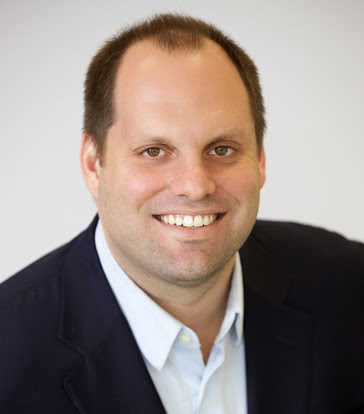
The COVID-19 pandemic has presented many challenges to skilled nursing home owners and operators, one being the ability to compensate and retain their employees.
The good news is the Paycheck Protection Program deadline has been extended to May 31, and there is still an abundance of funds available to this group. According to FederalPay.org, over $5.7 billion in total loans have been distributed to skilled nursing owners and operators since December 1, 2020, averaging around $550,700 per loan.
For those who haven’t yet taken advantage of the available funding or are interested in a second-draw loan, read on to learn more about the program and how you can get the support you need.
The difference between first and second draw PPP loans
There are differences between the two types of PPP loans being offered, and understanding the difference can help guide owners and operators in determining which to apply for.
First-draw loans are specifically for skilled nursing owners and operators who did not receive PPP funding during the first round of loans in 2020 and have 500 or fewer employees.
The second draw focuses on businesses that have used the entirety of their first PPP loan and are looking for additional support. These owners and operators must have 300 or fewer employees to be eligible.
Within the second draw, employers must show a 25% or greater reduction in gross revenue through one of two ways: providing proof of their 2020 annual gross revenue (as reported on the tax return) compared to 2019, or showing gross revenue in any quarter of 2020 compared to revenue in the same quarter of 2019.
How to apply for a second-draw PPP loan
PPP loans are approved and distributed on a first-come, first-served basis. Owners and operators have the option to apply through a traditional bank or an SBA-approved non-bank lender, such as Liberty SBF.
If the owner or operator has an existing relationship with a bank, it is recommended that they work directly with them to expedite the process since many of the necessary documents may already be on file. For facility owners and operators that do not have a previous relationship with a local bank, or if their bank is not participating in the program, a non-bank lender is the best option.
Non-bank lenders have dedicated resources and personalized technology specifically for the PPP loan program. These processes help to speed up the application process and get funds distributed to those in need quickly, while still maintaining the security of the borrower’s information.
How loan forgiveness works
When the second round of PPP lending launched, the Small Business Association decided to make several loan forgiveness changes in the borrower’s favor. Under the new legislation, borrowers with loans under $150,000 will have a significantly simplified forgiveness process that only requires the completion of a one-page attestation confirming they have met the requirements of the PPP program.
Also under the new rules, first- and second-draw PPP loans will not be taxable to borrowers. It is encouraged that borrowers hold off on filing taxes if they plan to receive a loan during the second round, since a borrower who has already received a forgiveness determination from the SBA cannot refile for loan forgiveness or take advantage of the updated rules.
Skilled nursing home operators and owners can find additional information and application resources such as document checklists, application portals, and loan forgiveness information online through the SBA, local banks and non-bank lenders.
Alexander Cohen is CEO of Liberty SBF, an SBA-approved, non-bank PPP loan lender.




